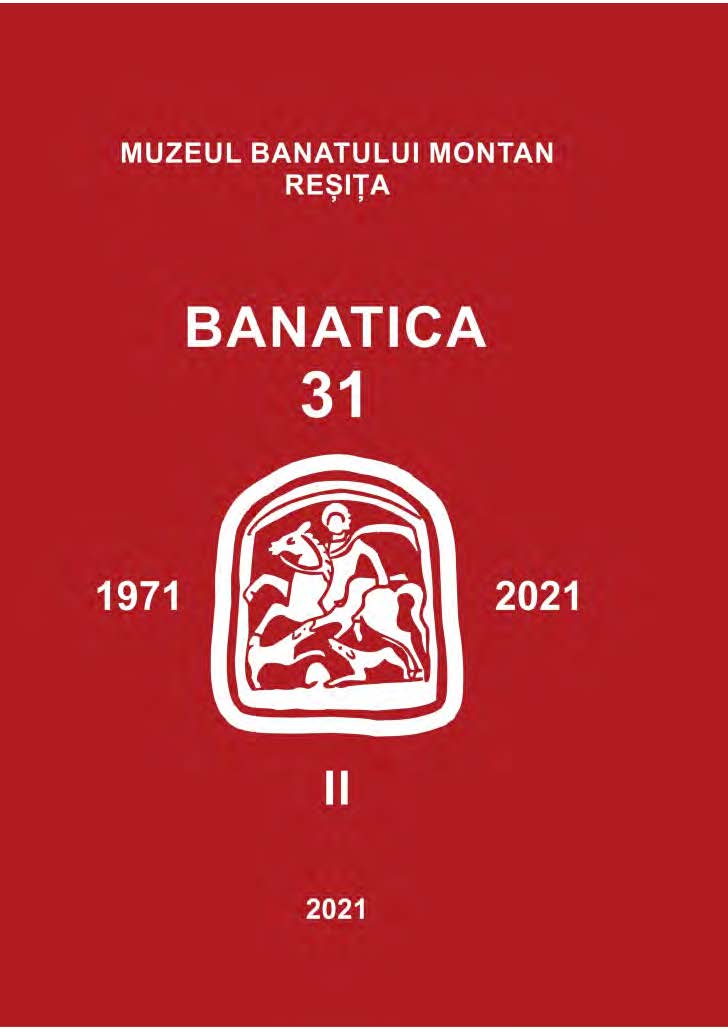MARGINAUX, RÉVOLTÉS OU SAISONNIERS DE LA RAPINE? LES BANDITS A LA FRONTIÈRE AUSTRO-OTTOMANE AU XVIII E SIÈCLE
OUTSIDERS, REBELS OR SEASONNAL PLUNDERERS? THE BANDITS AT THE AUSTRO-OTTOMAN BORDER IN 18TH CENTURY
Author(s): Benjamin LandaisSubject(s): Local History / Microhistory, Social history, Studies in violence and power, 18th Century, Penal Policy
Published by: Editura Mega Print SRL
Keywords: banditry; Austro-Ottoman border; 18th century; political compassion; Banat;
Summary/Abstract: The hajduk has been an iconic figure of banditry in the Balkan area and in Central Europe since the Romantic era. Although this figure was partly mythical, it would be a mistake to consider that the actual bandits were totally different. During the 18th century, bandits living close to the Austro-Ottoman border were neither heroes of the struggle against modern states nor members of opportunistic criminal groups. Their social practices and their public image were rather ambiguous. They can only be understood through the lens of their actual relationships with the representatives of the imperial authorities. After a period of blind repression during the 1720s and 1730s, the officers serving in the Habsburg’s Banat saw the benefit of accommodation. They granted amnesty to several gangs of brigands. This choice appeared to pay off. It allowed a strengthening of the auxiliary troops and therefore better control of the border strip. However, governing by mercy had a political and moral dimension too. The bandits were thought to be popular in the area where they lived. That is why their act of submission and contrition contributed to consolidating the legitimacy of imperial power. Although these acts of submission were staged in very conventional fashion, the bandits were not passive onlookers of their own pardon. Indeed, the amnesty procedures of the 1760s and 1770s are well-documented, and their analysis demonstrates the rhetorical and strategic proficiency of some gang leaders. The latter were excellent masters of the different uses of the “bandit” categories. They relied on the contradiction in the Habsburg authorities’ attitude towards Ottoman forces—an attitude which was wavered between the policy of good neighbourship and the expression of an old hostility. Through this strategy, bandits succeeded in joining a political patronage system and benefited from the support of local officers and worthies.
Journal: BANATICA
- Issue Year: 2/2021
- Issue No: 31
- Page Range: 221-249
- Page Count: 29
- Language: French

